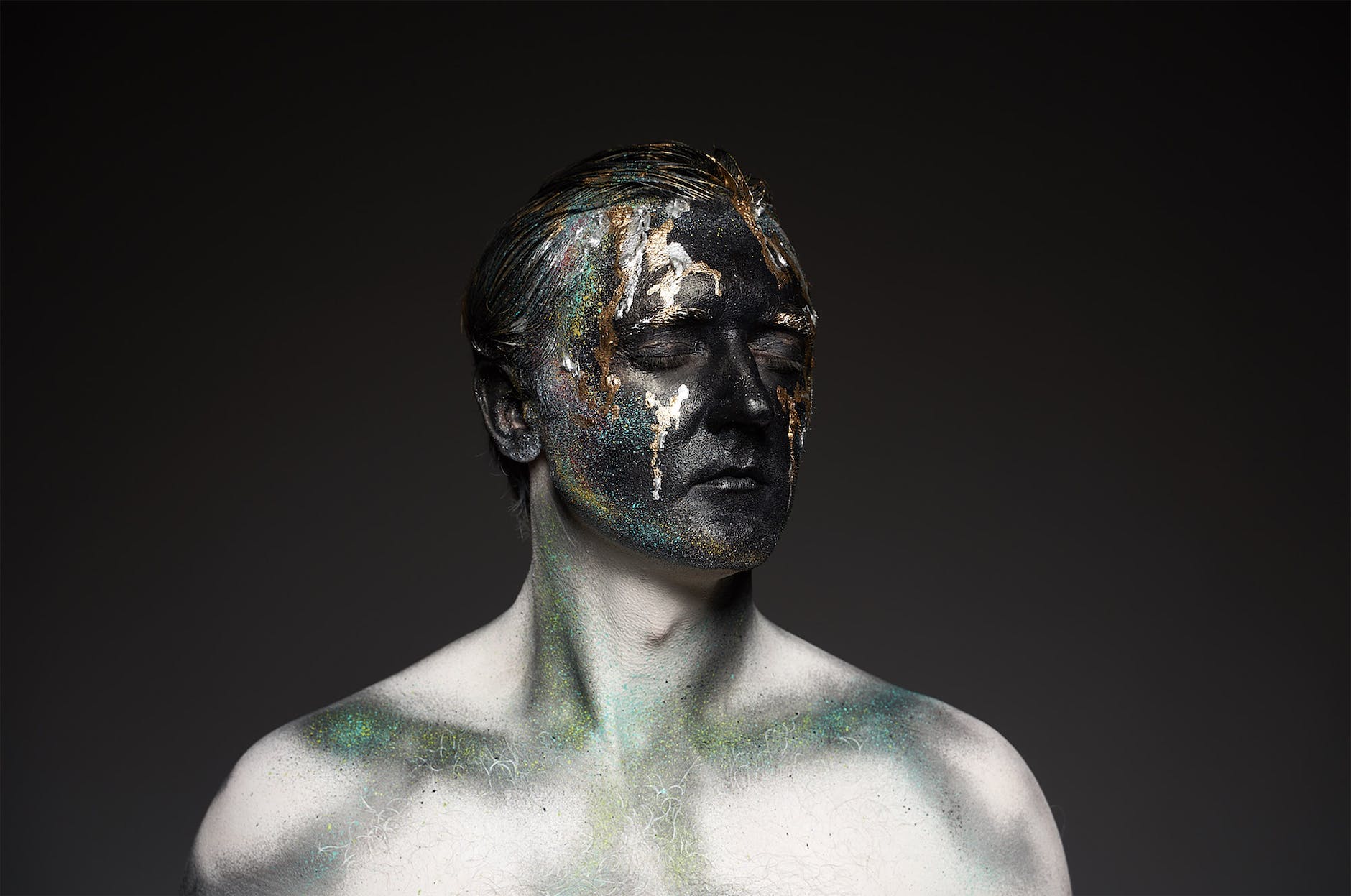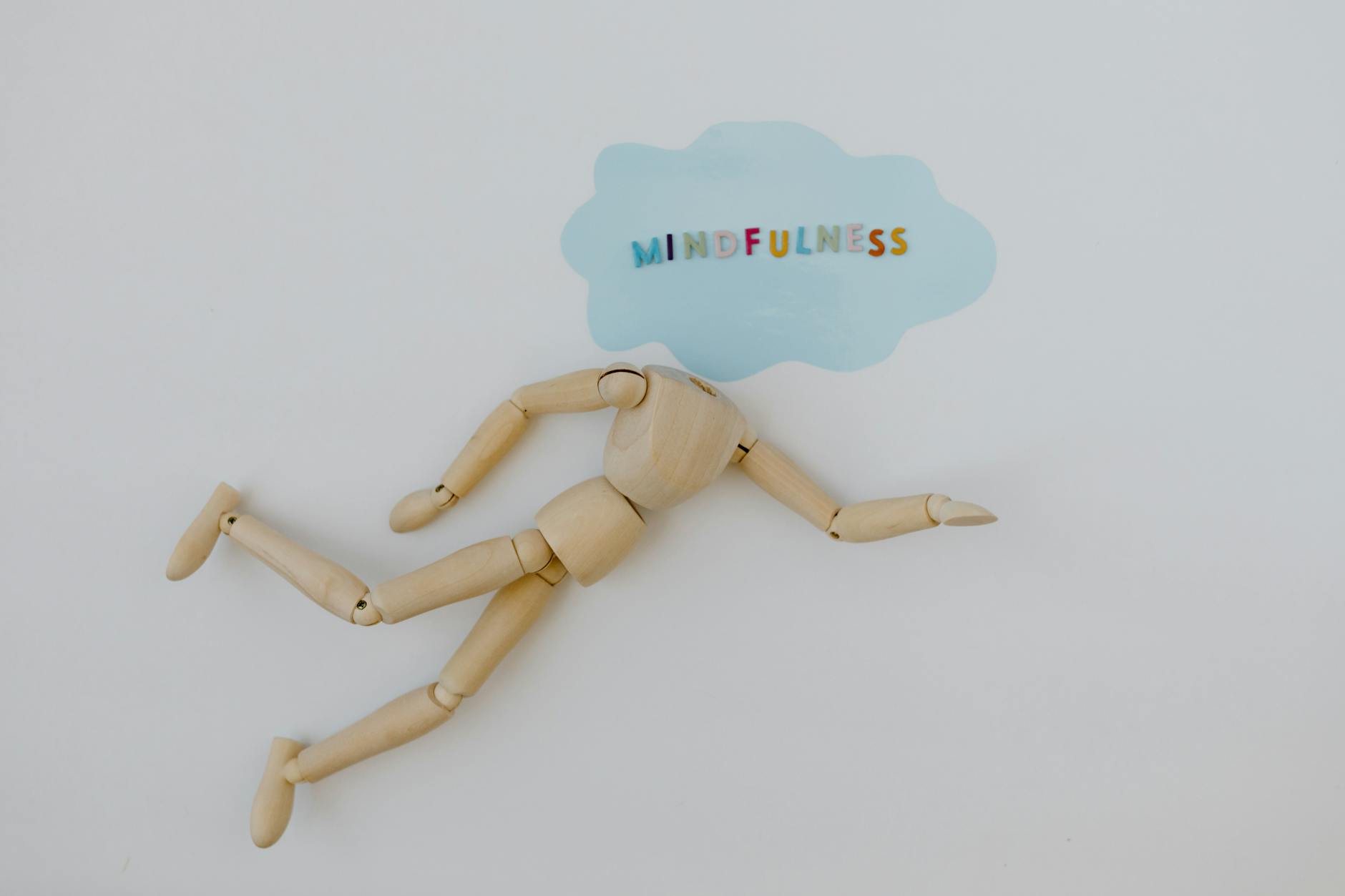Psychedelic Art Therapy, a unique blend of creativity and mental health management, is progressively capturing attention within the field of psychological health sciences. This integrative therapy amplifies the potential of traditional talk-therapies by fostering Therapeutic Art as a conduit for personal expression and healing.
Initial encounters with Psychedelic Art Therapy often entail a myriad of colors sprayed across different mediums canvas in atypical patterns. However, the therapy transcends mere physical artistry. It undertakes an Inner Journey of emotional wellness through the chasms of our cognizance, utilizing the power of personal expression and self-exploration.
During these sessions, therapists guide clients into states of heightened mind awareness, often via guided Mindfulness meditation or controlled utilization of psychedelic substances within a controlled environment. Therapists subsequently encourage their clients to express the visual, emotional, and sensory experiences through artistic endeavors. Resultant artworks offer windows into subconscious beliefs, memories, or traumas—surfacing them in a tangible manner.
Decoding these self-made art pieces with the help of a trained therapist builds bridges of comprehension between the conscious and the subconscious mind, fostering enhanced self-awareness—an essential precursor to self-improvement and healing.
Psychedelic Art Therapy, for many, plays a key role in managing a range of psychological disorders. This includes the likes of anxiety, depression, stress, post-traumatic stress disorder (PTSD), and even substance addiction. It also catalyzes the growth of neuroplasticity, encouraging the formation of healthier thought patterns and behaviors.
The use of Psychedelic Art Therapy within the bounds of professional guidance fosters emotional wellness and facilitates deeper introspective reflection. It excavates the depths of our cognition, recouping buried experiences, emotions, and beliefs that may be holding us back.
Irrespective of the therapeutic approach—may it be Cognitive Behavioral Therapy (CBT), Dialectical Behavioural Therapy (DBT) or others—Psychedelic Art Therapy can meaningfully enhance treatments by offering an exceptional, creative means for Personal Expression. The essence of this therapy lies in allowing the individual to visually express what may be challenging to put into words, providing a vessel for emotional release and relief.
Applying this form of visual language not only offers a new mode for communication but also promotes constructive Self-Exploration—an effective way to unearth inner conflicts, identify suppressed emotions, and enhance self-understanding. A self-portrait or an abstract piece of art could potentially reveal hidden aspects of personality, prompting useful dialogues between the therapist and the client to foster healing.
The unique fusion of art and psychology in psychedelic art therapy is evident. With its foundation rooted in therapeutic art and Mindfulness, this modern healing practice offers a vibrant, engaging, and meaningful approach to mental wellness. It serves as a potent reminder that there are numerous ways to communicate, explore, heal, and grow in our journey of mental health.
Subtitle: Unlocking Creativity for Healing
Psychedelic Art Therapy isn’t about creating masterpieces. It is a tool to facilitate mental and emotional clarity. In this respect, anyone can engage without the barrier of ‘artistic talent.’ A scribble can reflect stress. A splash of color can represent joy.
By opening channels of creativity, we allow for a non-threatening and non-judgmental space to surface thoughts and feelings. This unique methodology is a testament to the immense potential of bridging art and psychology.
Psychedelic Art Therapy has shown us that healing is not an isolated journey. It is a confluence of various approaches—artistic, psychedelic substance, traditional therapies—working in unison to empower individuals to achieve improved mental health and emotional wellbeing.
Ultimately, Psychedelic Art Therapy positions itself as a colorful lifeline—a healer, a confidante, and a storyteller—offering an innovative path in our ongoing exploration of psychological health and well-being.








